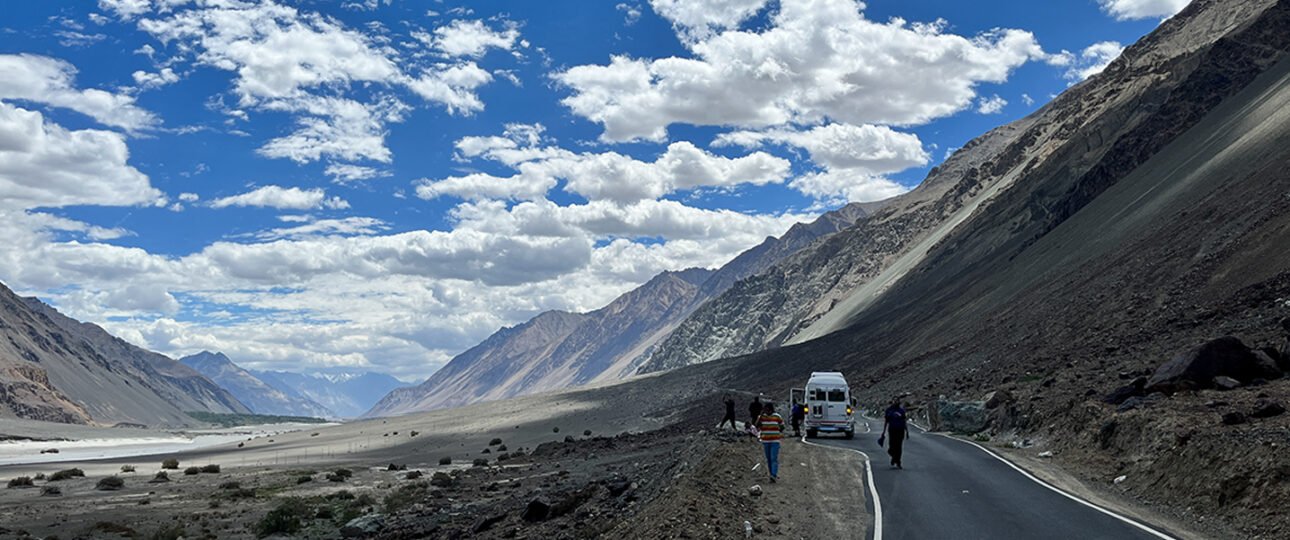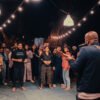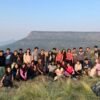Pack like a Pro: Mountain Edition
Packing can be a dreary task. Invariably, one always ends up overpacking or altogether forgetting to pack key items.
In favour of our various trips to the mountains, we’ve collated a list of packing essentials and tips that will serve as a ready reckoner for all those who look to backpack to the mountains or any cold, higher altitude region. Here’s Vagabond’s take on ‘How to be a pro backpacker’
Packing Essentials:
Trekking backpack
Up north, most places worth going to are usually not motorable or involve a fair amount of walking. This is most convenient when you have a backpack rather than any other type of luggage, especially suitcases or trolley bags. Mountains and Suitcases are a worse story than Twilight. It should be avoided as much as possible.
Invest/rent a trekking backpack with good utility, sturdy straps, and a rain cover. Find one that fits your travel requirements, and is comfortable in terms of weight and capacity for you to carry around. For a 7-10 day trip, a 50-60 ltr backpack is more than sufficient.
Trekking Shoes
A sturdy pair of trekking shoes is very important. It helps scale uneven terrain, provides support, prevents injuries, and keeps your feet cozy as well as covered. If you’re doing any kind of hiking, look for shoes that have ankle support and are ideally waterproof.
Keep in mind, that trekking shoes are not the same as running or sports shoes.
Warm layers
A thick sweater or a down jacket is like a warm hug. A warm hug you need in the cold, up in the mountains. Depending on how cold the destination is, the 3 layers you need to focus on are thermals (base layer), a fleece jacket (lightweight), and a padded or down jacket. With regards to a down jacket, look for a well-insulated and compressible one with pockets, a hood, and length as you see fit.
Beanies, socks, and gloves
The vital areas that need to be covered to stay warm are your head, fingers, and toes (extremities). If these are covered right, rest assured you will be cozy and chances of you falling ill or catching a chill are minimal.
Ensure that your beanie covers your head and ears entirely. The socks and gloves you wear should be thick. Throw on a scarf for that extra neck warmth and a cool style statement.
Moisturiser and sunscreen
Exposure to the sun at such high altitudes is harmful to the skin and also sucks up its moisture, making it dry and susceptible to infection and itchiness. It is imperative that you carry a sunscreen cum moisturizer or one of each. When buying sunscreen, make certain you buy one with at least SPF30 or higher. This helps protect your skin from harmful UV rays and sunburns. Choose your moisturizer based on your skin type.
Personal medicine pouch
In the mountains, pharmacies or medicals are hard to find outside the city or town limits. Even the ones that you find won’t have all kinds of drugs and medicine available in the market.
It helps to be self-sufficient in these times when you equip yourself with your medication or basic first aid items (crepe bandage, ORS, asthma inhaler, tablets for motion sickness, loose motions, headache, etc)
Think of it as your personal “Fix-it Kit”.
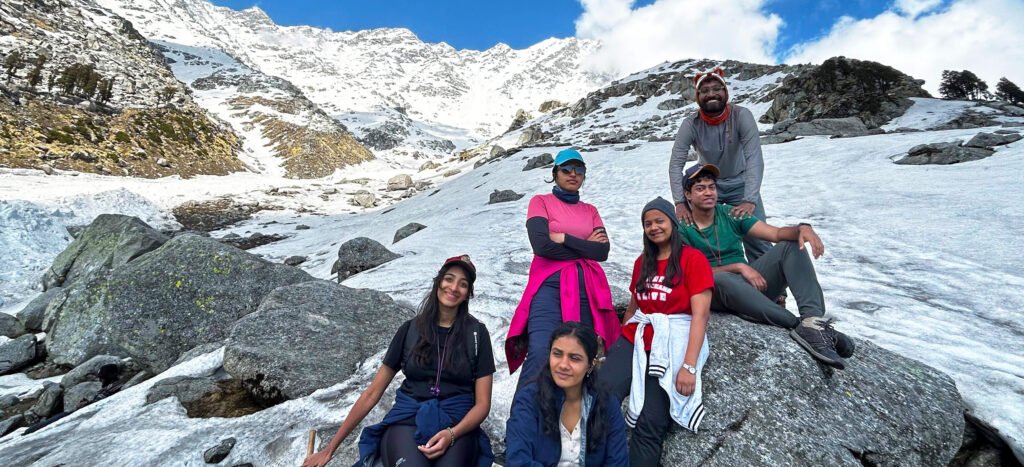
Miscellaneous:
Polarized sunglasses: They are designed to reduce glare caused by sunlight and also protect against UV rays. They protect your eyes better than regular fashion sunglasses. With us being higher up and closer to the sun, these are of great use in the long run.
Reusable water bottles: Most villages and regions in the mountains don’t have the privilege of a garbage truck service or proper waste disposal methods. Most of the accumulated garbage is then just burned or dumped in a landfill. Having your bottle helps reduce the use of single-use plastic bottles and helps save money too. Also, you have ‘jhootha’ dibs (jk).
Rainwear: The weather in the mountains is unpredictable. You never know when it will rain or snow. It’s always safe to carry a poncho or rain jacket to avoid any mishap.
Torch/headlamp: Don’t always count on your phone to use a flashlight. Carrying a torch or headlamp has always proven to be a lifesaver. Besides, if you’re using the flashlight on an iPhone, we all know how that ends… literally.
Day bag: A smaller 20-30 ltr bag will help when you’re out for the day where you only need a few items like your wallet, water bottle, sunglasses, etc. This can be rolled up and packed in your main bag.
Neck pillow (optional): If you’re someone who finds it difficult to fall asleep while traveling, try a neck pillow. Getting a good night’s sleep during the journey can assure you a great start to the day.
Trekking pole (optional): It is said that using a trekking pole saves up to 40% of your energy. We can’t corroborate those numbers, but we can assure you it does feel like it. If you’re going on a day hike and probably plan to do so in the future too, it’s a great investment.
Soiled/used clothes bag: You could use old plastic bags to waterproof your belongings as well as put used/wet clothes in. This ensures that you’ve categorized your clothes and everything is well arranged.
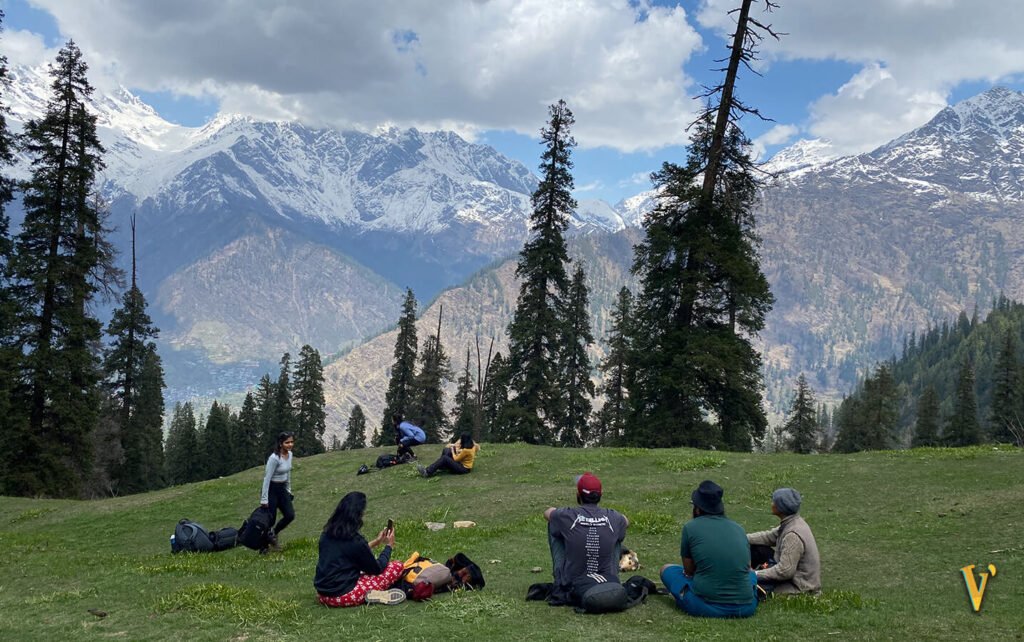
Packing Tips:
- As you don’t sweat much in the mountains, you can mix-n-match your outfits.
- When folding clothes, roll em up individually like a Swiss roll (aka ranger roll). This also helps save space and doesn’t disrupt other clothes packed.
- Layering helps keep you warm and you can also peel off a layer as and when it gets warmer during the day. When in doubt, layer it out!
- Just like the medicine pouch, making a toiletry pouch will be a lifesaver. Transfer toiletry essentials (shampoo, lotion, body wash) from bigger bottles at home into smaller quantity ones that you will need for the duration of the trip only. Other toiletry items like your toothbrush, toothpaste, nail cutter, etc can be added to this pouch as well. This ensures that you don’t lose or misplace them in your big bag and are in one consolidated pouch for use whenever required. Just take the pouch and go!
- It’s always wise to carry liquid cash in these far-out areas. There are close to few or no ATMs. The few that you might find are usually non-functional or out of cash. Always have enough emergency cash packed and tucked in a safe corner in your bag. You do not want to risk being broke in the mountains.
- Apart from your trekking shoes, packing a pair of slippers or slip-ons is pretty useful when going to bed, freshening up, or when you aren’t walking around. It also lets your feet breathe for a bit then being covered all the time.
- Lastly, create a checklist to crosscheck before the trip. Before you pack your bag, lay out all items in front of you so you can crosscheck and then pack them in. This could also help serve as an inventory list for reference later.
- Finally, when packing, arrange stuff in your bag in such a way that the things you use often and daily are right at the top or easily accessible. See that the weight is well-balanced and comfortable to carry. Now you’re all set. Back-Pack-Go!
Mariella D’silva

